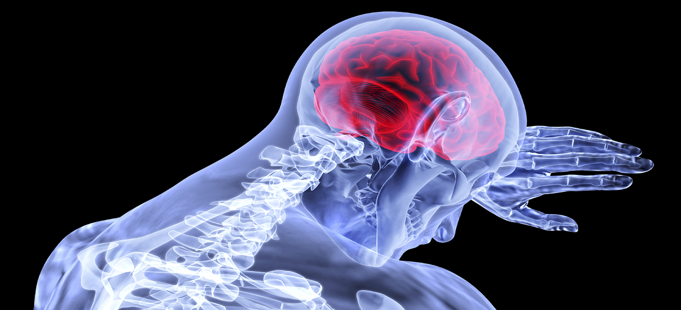Effectiveness of non-pharmacological interventions for fibromyalgia and quality of review methods: an overview of Cochrane Reviews
Résumé
Background: Fibromyalgia syndrome (FMS) is defined as chronic widespread pain associated with sleep disorders, cognitive dysfunction, and somatic symptoms present for at least three months and cannot be better explained by another diagnosis. Objectives: To examine efficacy and safety of non-pharmacological interventions for FMS in adults reported in Cochrane Reviews, and reporting quality of reviews. Methods: Systematic reviews of randomised controlled trials (RCTs) of non-pharmacological interventions for FMS were identified from the Cochrane Database of Systematic Reviews (CDSR 2022, Issue 3 and CDSR 2023 Issue 6). Methodological quality was assessed using the AMSTAR-2 tool and a set of methodological criteria critical for analgesic effects. The primary efficacy outcomes of interest were clinically relevant pain relief, improvement in health-related quality of life (HRQoL), acceptability, safety, and reduction of mobility difficulties as reported by study participants. No pooled analyses were planned. We assumed a clinically relevant improvement was a minimal clinically important difference (MCID) between interventions and controls of 15%, or a SMD of more than 0.2, or a MD of more than 0.5, on a 0 to 10 scale. Results: Ten Cochrane reviews were eligible, reporting 181 randomized or quasi- randomized trials (11,917 participants, average trial size 66 participants). The reviews examined exercise training, acupuncture, transcutaneous electrical nerve stimulation, and psychological therapies. One review was rated moderate according to AMSTAR 2, seven were rated low and two were rated critically low. All reviews met most of the additional methodological quality criteria. All reviews included studies with patient-reported outcomes for pain. We found low certainty evidence of clinically relevant positive effects of aerobic and mixed exercise training and for cognitive behavioural therapies (CBTs) at reducing mobility difficulties and for mixed exercise training and CBTs for improving HRQoL at the end of the intervention. Number needed to treat for an additional beneficial outcome (NNTB) values for a MCID of 15% ranged between 4 and 9. We found low certainty evidence that was clinically relevant for mixed exercise and CBTs for reducing mobility difficulties at an average follow up of 24 weeks. We found low certainty evidence of clinically relevant positive effects of mixed exercise on HRQoL at an average follow up of 24 weeks. NNTB values for a MCID of 15% ranged from 5 to 11. The certainty of evidence of the acceptability (measured by dropouts) of the different non-pharmacological interventions ranged from very low to moderate and the dropout rate for any reason did not differ across the interventions or the controls, except for biofeedback and movement therapies. All the systematic reviews stated that the reporting of adverse events was inconsistent in the studies analysed (very low certainty evidence). Authors' conclusions: There is low certainty evidence of clinically relevant reduction of mobility difficulties and of improvement of HRQoL among individuals with FMS by aerobic and mixed exercise training and by CBTs at the end of the intervention. There is low certainty evidence that CBTs and mixed exercise training reduces mobility difficulties post-treatment and that mixed exercise training improves HRQoL at follow-up by clinically meaningful scores.
Domaines
Sciences du Vivant [q-bio]| Origine | Fichiers éditeurs autorisés sur une archive ouverte |
|---|---|
| licence |





